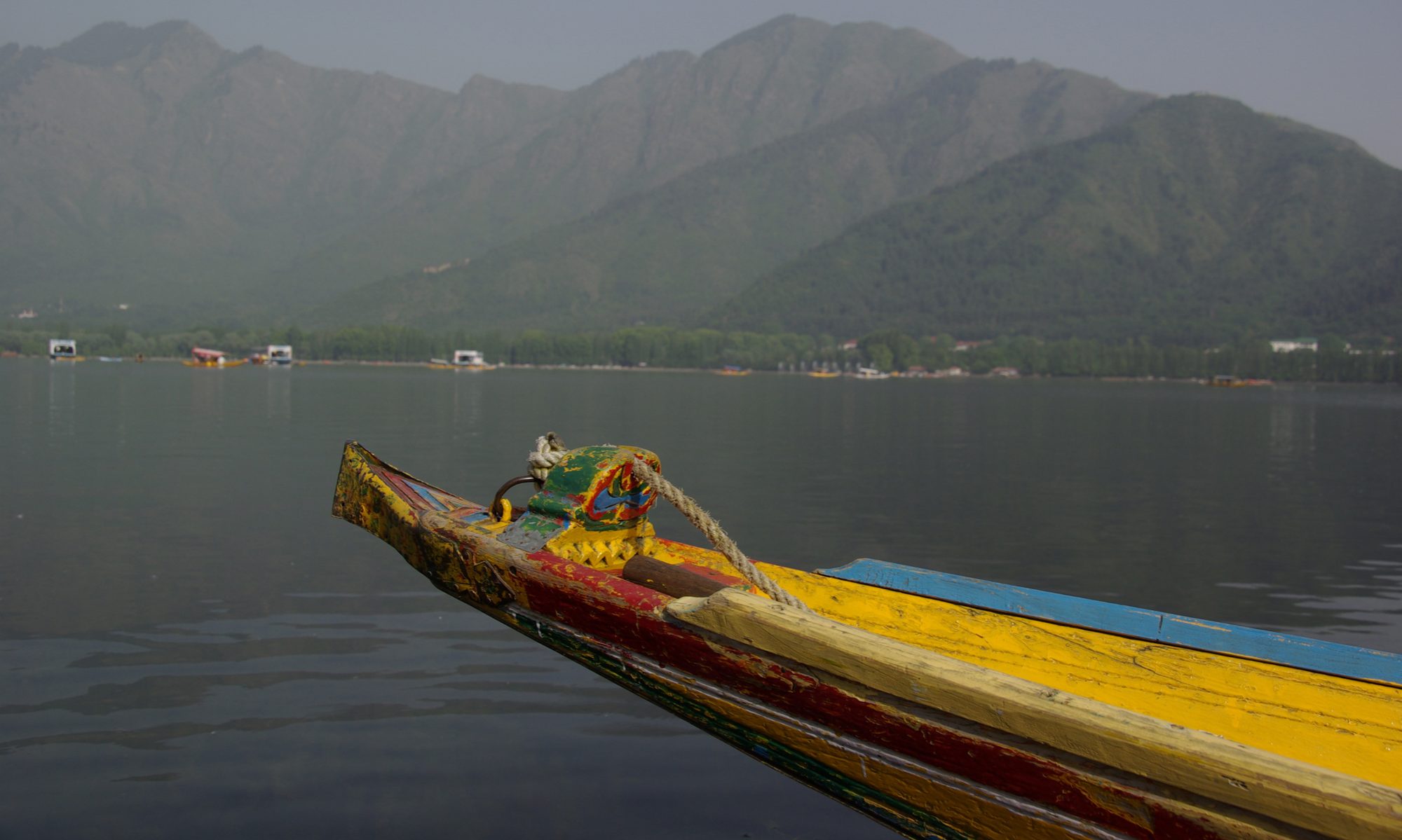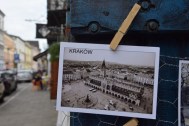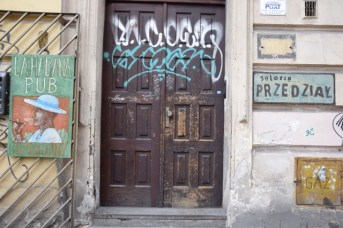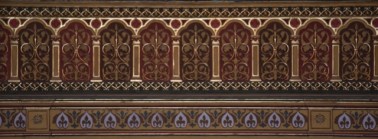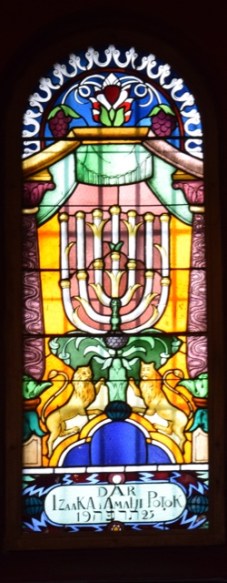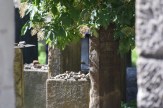A whole day we walked through Kazimierz – one of the historical districts of Kraków. A wonderful place; enjoy pictures and some information about this part of Kraków Old Town.
The following information is mainly taken from Wikipedia and brochures we got in the different places we visited:
Since its inception in the fourteenth century to the early nineteenth century, Kazimierz was an independent city, a royal city of the Crown of the Polish Kingdom, located south of Kraków Old Town and separated by a branch of the Vistula river. For many centuries, Kazimierz was a place of coexistence and interpenetration of Christian and Jewish cultures, its north-eastern part of the district was historic Jewish, whose Jewish inhabitants were forcibly relocated in 1941 by the German occupying forces into the Krakow ghetto just across the river in Podgórze.
The boundaries of Kazimierz are defined by an old island in the Vistula river. The northern branch of the river (Stara Wisła – Old Vistula) was filled-in at the end of the 19th century during the partitions of Poland and made into an extension of ul. Stradomska Street connecting Kazimierz district with Kraków Old Town.
Jews had played an important role in the Kraków regional economy since the end of the 13th century, granted the freedom of worship, trade and travel by Bolesław the Pious in his General Charter of Jewish Liberties issued already in 1264. The Jewish community in Kraków had lived undisturbed alongside their Christian neighbours under the protective King Kazimierz III, the last king of the Piast dynasty. Nevertheless, in early 15th century pressured by the Synod of Constance some dogmatic clergy began to push for less official tolerance. Accusations of blood libel by a fanatic priest in Kraków led to riots against the Jews in 1407 even though the royal guard hastened to the rescue.
As part of the re-founding of the Kraków university, starting in 1400, the Academy began to buy out buildings in the Old Town. Some Jews moved to the area around modern Plac Szczepański.[3] The oldest synagogue building standing in Poland was built in Kazimierz at around that time, either in 1407 or 1492 (the date varies with several sources). It is an Orthodox fortress synagogue called the Old Synagogue.[4][5][6] In 1494 a disastrous fire destroyed a large part of Kraków. In 1495 the Polish king Jan I Olbracht transferred the Jews from the ravaged Old Town to the Bawół district of Kazimierz.[7] The Jewish Qahal petitioned the Kazimierz town council for the right to build its own interior walls, cutting across the western end of the older defensive walls in 1553. Due to the growth of the community and influx of Jews from Bohemia, the walls were expanded again in 1608. Later requests to expand the walls were turned down as redundant.[8]
The area between the walls was known as the Oppidum Judaeorum, the Jewish City, which represented only about one fifth of the geographical area of Kazimierz, but nearly half of its inhabitants. The Oppidum became the main spiritual and cultural centre of Polish Jewry, hosting many of Poland’s finest Jewish scholars, artists and craftsmen. Among its famous inhabitants were the Talmudist Moses Isserles, the Kabbalist Natan Szpiro, and the royal physician Shmuel bar Meshulam.
The golden age of the Oppidum came to an end in 1782, when the Austrian Emperor Joseph II disbanded the kahal. In 1822, the walls were torn down, removing any physical reminder of the old borders between Jewish and Christian Kazimierz.
When after 1795 (in the Third Partition of Poland) Austria acquired the city of Kraków, Kazimierz lost its status as a separate city and became a district of Kraków. The richer Jewish families quickly moved out of the overcrowded streets of eastern Kazimierz. Because of the injunction against travel on the Sabbath, however, most Jewish families stayed relatively close to the historic synagogues in the old Oppidum, maintaining Kazimierz’s reputation as a “Jewish district” long after the concept ceased to have any administrative meaning. By the 1930s, Kraków had 120 officially registered synagogues and prayer houses scattered across the city and much of Jewish intellectual life had moved to new centres like Podgórze.
During the Second World War, the Jews of Krakow, including those in Kazimierz, were forced by the Nazis into a crowded ghetto in Podgórze, across the river. Most of them were later killed during the liquidation of the ghetto or in death camps.
After the Second World War, devoid of Jews, Kazimierz was neglected by the communist authorities. However, since 1988, now a popular annual Jewish Cultural Festival has drawn Cracovians back to the heart of the Oppidum and re-introduced Jewish culture to a generation of Poles who have grown up without Poland’s historic Jewish community. In 1993, Steven Spielberg shot his film Schindler’s List largely in Kazimierz (in spite of the fact that very little of the action historically took place there) and this drew international attention to Kazimierz. Since 1993, there have been parallel developments in the restoration of important historic sites in Kazimierz and a booming growth in Jewish-themed restaurants, bars, bookstores and souvenir shops. Not only that, there are also some Jews returning to Kazimierz from Israel and America. Kazimierz with Krakow, is having a small growth in Jewish population recently.
A Jewish youth group now meets weekly in Kazimierz and the Remuh Synagogue actively serves a small congregation of mostly elderly Cracovian Jews.
Each year at the end of June, the Jewish Culture Festival takes place in Kazimierz. It is Europe’s largest Jewish festival of culture and music and attracts visitors from around the world. Music at the festival is very diverse and played by bands from the Middle East, USA and Africa, amongst others.
